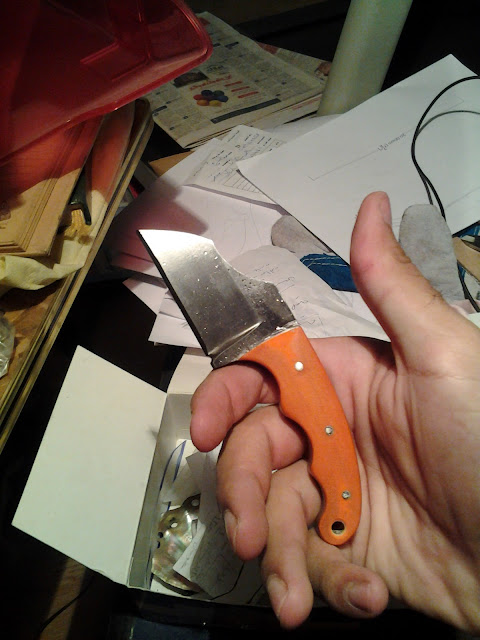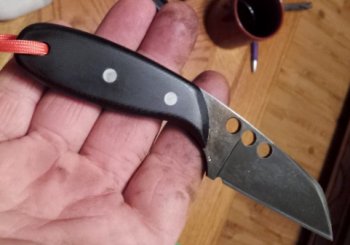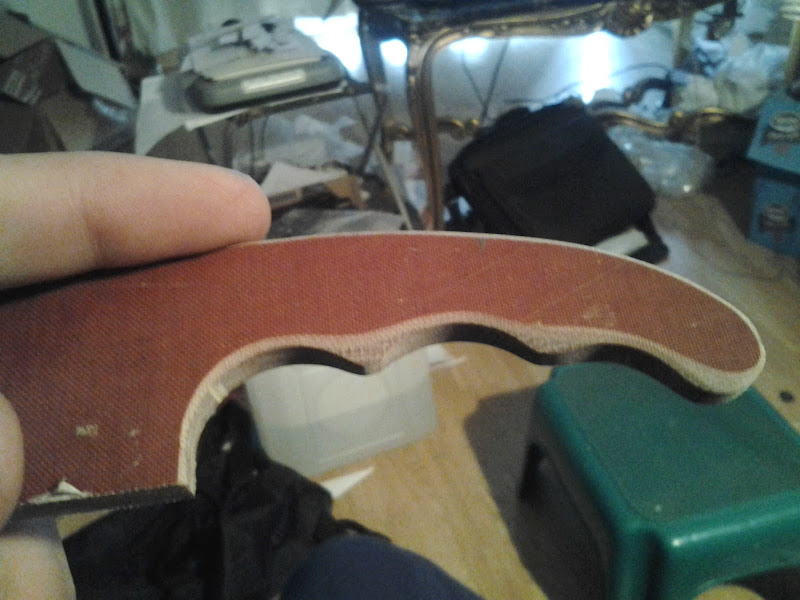SHOKR
Well-Known Member
hey guys
how do you break the edges (chamfer or round) the hard edges on a knife?
i wanted to do that on my knives blade spine for a while, and i gues can be done by high grit sandpaper
now however i want to make 'bare tang' knives (knives with no handle material at all, so will need smoother edges on the tang. any ideas?
i remember seeing someone who does it on the grinder, but how, specially for tight spaces
thanks
how do you break the edges (chamfer or round) the hard edges on a knife?
i wanted to do that on my knives blade spine for a while, and i gues can be done by high grit sandpaper
now however i want to make 'bare tang' knives (knives with no handle material at all, so will need smoother edges on the tang. any ideas?
i remember seeing someone who does it on the grinder, but how, specially for tight spaces
thanks




